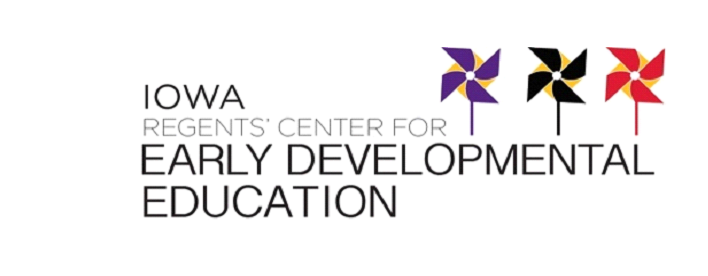If tokens with a different color on each side are not available, pennies can be used, with one player being heads and the other tails. However, when pennies are used, it is more difficult for children to distinguish the tokens on the board, so colored tokens are recommended. Tokens of 2 colors can be made by gluing together 2 tokens of different colors, or by painting one side of a set of tokens.
This game is very similar to the commercial game Othello. It is a very good game for spatial reasoning. Children have the opportunity to track many different potential sandwiches, and to evaluate the possibilities for sandwiches with each new placement. Because of the rule that sandwiched tokens are turned over and thus change color (becoming the other player’s tokens), the arrangement of the game board can change frequently. Children must pay close attention while playing the game in order to keep track of all possible sandwiches.
This game provides children with many opportunities to decenter to consider all of the possible rows on the board (horizontal, vertical, and diagonal). Young children frequently have trouble recognizing diagonal rows; they focus only on horizontal and vertical rows and miss diagonals.
This game also promotes perspective taking as players try to anticipate where the other might place a token on the next move. Players have the opportunity to learn how to play both offensively (trying to sandwich the other player’s tokens) and defensively (trying to prevent their own tokens form being sandwiched).
Recommended # of Players: 2
Click here to download the game.
Standards Addressed
Head Start Standards
Social and Emotional Development
Social Relationships
- Communicates with familiar adults and accepts or requests guidance.
- Cooperates with others.
- Develops friendships with peers.
- Establishes secure relationships with adults.
- Uses socially appropriate behavior with peers and adults, such as helping, sharing, and taking turns.
- Resolves conflict with peers alone and/or with adult intervention as appropriate.
- Recognizes and labels other's emotions.
- Expresses empathy and sympathy to peers.
- Recognizes how actions affect others and accepts consequences of one's actions.
Self-Concept & Self-Efficacy
- Demonstrates age-appropriate independence in a range of activities, routines, and tasks..
- Demonstrates age-appropriate independence in decision making regarding activities and materials.
Self-Regulation
- Recognizes and labels emotions.
- Handles impulses and behavior with minimal direction from adults.
- Follows simple rules, routines, and directions.
- Shifts attention between tasks and moves through transitions with minimal direction from adults.
Emotional & Behavioral Health
- Expresses a range of emotions appropriately, such as excitement, happiness, sadness, and fear.
- Refrains from disruptive, aggressive, angry, or defiant behaviors.
Approaches to Learning
Initiative and Curiosity
- Demonstrates flexibility, imagination, and inventiveness in approaching tasks and activities.
- Demonstrates eagerness to learn about and discuss a range of topics, ideas, and tasks.
- Asks questions and seeks new information.
Persistence & Attentiveness
- Maintains interest in a project or activity until completed.
- Sets goals and develops and follows through on plans.
- Resists distractions, maintains attention, and continues the task at hand through frustration or challenges.
Cooperation
- Plans, initiates, and completes learning activities with peers.
- Joins in cooperative play with others and invites others to play.
- Models or teaches peers.
- Helps, shares, and cooperates in a group.
Logic and Reasoning
Reasoning & Problem Solving
- Seeks multiple solutions to a question, task, or problem.
- Recognizes cause and effect relationships.
- Classifies, compares, and contrasts objects, events, and experiences.
- Uses past knowledge to build new knowledge.
Language Development
Receptive Language
- Attends to language during conversations, songs, stories, or other learning experiences.
Expressive Language
- Engages in communication and conversation with others.
- Uses language to express ideas and needs.
- Engages in conversations with peers and adults
Mathematics Knowledge and Skills
Number Relationships & Operations
- Uses a range of strategies, such as counting, subitizing, or matching, to compare quantity in two sets of objects and describes the comparison with terms, such as more, less, greater than, fewer, or equal to.
Geometry and Spatial Sense
- Understands directionality, order, and position of objects, such as up, down, in front, behind.
Science Knowledge and Skills
Scientific Skills & Method
- Participates in simple investigations to form hypotheses, gather observations, draw conclusions, and form generalizations.
- Collects, describes, and records information through discussions, drawings, maps, and charts.
- Describes and discusses predictions, explanations, and generalizations based on past experience.
Common Core Standards
Kindergarten
Identify and describe shapes (squares, circles, triangles, rectangles, hexagons, cubes, cones, cylinders, and spheres).
- K.G.1. Describe objects in the environment using names of shapes, and describe the relative positions of these objects using terms such as above, below, beside, in front of, behind, and next to.

